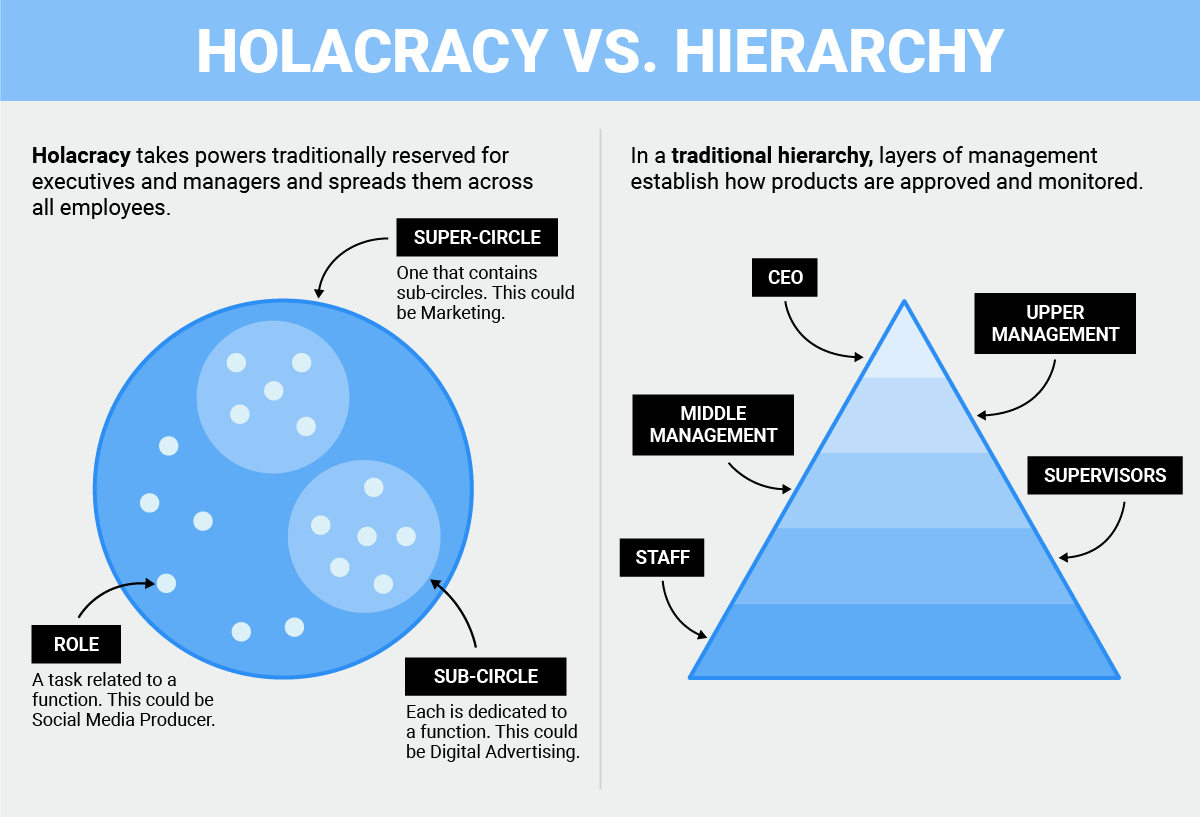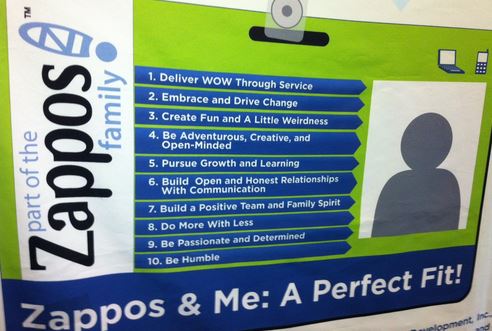Digitization affects organizations
Organizations established in the digital economy often rely on casual hierarchies. They tend to be managed by people who make immediate decisions. For a modern network organization, the tangible effects of such decisions are more important than the processes that bring them about. Conventional process-centered companies tend to cling to rigid processes and procedures relegating their employees to the roles of mere cogs in strictly formal machineries. Shouldn’t such companies evolve to resemble the living cells of growing organisms?
Allow me to illustrate my point by recounting the market career of the cellular telephone. The revolutionary impact of its market launch could be felt within a matter of months. Meanwhile, for one reason or another, it was still acceptable in a typical 1990s business to have to wait years to see the desired effects of managerial decisions. Wasn’t there a contradiction in the thinking about management? After all, mobility and flexibility, which is highly valued by any worker, should be equally appreciated by organizations. Especially those that aspire to succeed in the digital economy era.
The right people in the right places
Managing worker skills in a company that seeks to go digital can be a tall order. The biggest challenge lies in recruiting talented specialists and putting them in the right places. After all, it is the gifted workers that drive a company to evolve. It is ultimately up to them to ensure that all other employees acquire the skills needed to keep up with the change. At the heart of any culturally open, dynamic and flexible organization are hand-picked people who trust one another in their workplace. Such a model is the foundation of today’s economy. Needless to say, organizations could not possibly be expected to emulate overnight the most radical and creatively run corporations such as Google, Zappos and Valve. Nevertheless, such corporations can no longer be viewed as curiosities.
Every organization today that aspires to become modern should learn from the experience of the companies that adopted a radically different management model.
How leaders work
Consider two of the above-named companies for a moment. They may well interest anyone who deals with modern management. Zappos is a US-based online retailer established in 1999. It employs 1500 workers and sells footwear and apparel. Its CEO Tony Hsieh set out on revolutionizing its management and dubbed the process “holocracy”. A “holocratic” model dispenses not only with job titles but also with managers, replacing a rigid structure with a “holarchy”. In 2013, Zappos came 31st on the Fortune ranking of the most coveted employers.
Valve, based also in the US, is a household name among video gamers around the world. It too has no trace of rigid hierarchies and operates on the trust in the sense of responsibility of its employees. Its leaders regularly encourage its 300 staff to select the tasks and projects they believe are crucial for the company to pursue. The workers who make such decisions are then requested to sell them to others demonstrating they will benefit the entire organization. Valve is several times more productive than Google and Apple in terms of capitalization per employee.
Scour entire market for people
Not all of the capacities that are vital for a company can be groomed from within. Top managers must realistically assess the skills and competencies of their teams.
Many of the most innovative businesses choose to seek talent in other market segments and industries. They believe that employee skills and talents are far more crucial for their company’s success than industry experience. People’s talent is particularly critical early on during restructuring. Therefore, one must be open to the idea that the best digital experts can in fact be found in a whole different sector. They just need to be spotted and brought on board.
By all means, “spotting” experts in the marketplace is not the only viable option. The key is to use common sense at all times. A company that chooses to put an external agency of five people in charge of deploying a software package in its IT system runs a great risk of failure. To improve its chances of success considerably, the company should set up an internal team within its ranks whose responsibilities will mirror those of the external experts.
In choosing to recruit people and assign responsibilities, one should consider one’s resources and soberly assess one’s chances of successfully making a given change.
Talent brings success
One thing is certain: having real talent on board at an early stage of company restructuring will greatly facilitate the accomplishment of ambitious goals and plans. The most talented people sow the seeds that then grow into a whole new culture that encompasses the entire organization.
In digital organizations, worker skills, inventiveness and imagination are of much greater value than rigid systems or entrenched processes.
Related articles:
– Technology putting pressure on business – this is what we can expect in 2017 (part 1 of 4)
– Your clients are already in the future, and where are you?
– Blockchain has a potential to upend the key pillars of our society
– The brain – the device that becomes obsolete
– Work of the future – reinventing the work
– Augmented Reality. Seeing more than just a Pokemon

Tony Hsieh holocracy vs. hierarchy

Zappos – values










TomK
Good article!
The essence is thought and knowledge.
Getting to know more about ourselves, we pass on this knowledge to AI.
Nano info, neuro-trakers, noosphere, Beasts mediate in acquiring and implementing knowledge.
John Accural
If it is a human AI bot it will need a free market economy to buy spare parts. Or make next year new improved stock body and other specialized company to make highly modified trict out sub parts. When its body gets old and becomes last year model will the AI just transfer it programing over to a new brain that my or my not have bugs that bring down the whole system? Transfer insurance to fix a screw up?
It will need a market that has other AI’s around so it will profitable for manufacturing to make parts and bodies in a mass market manufacturing environment.
John McLean
So far, no scientists or computer engineers have been able to reach that goal. In spite of the prediction about chess-playing computers, made over 30 years ago now, the world champion is still a human. And in spite of the claim that computers will be able to understand conversations in English or other natural languages, this still remains at a rudimentary level. Yes, no one has learned how to build the quality of generality into a computer.
Karel Doomm2
If I create a robot, and that robot creates something that could be patented, should I own that patent or should the robot? If I sell the robot, should the intellectual property it has developed go with it? These are not easy questions to answer
Norbert Biedrzycki
Very interesting question. Semi-disciplinary, on the border of philosophy, applied intelligence, law
johnbuzz3
You can have the best of all worlds in the future of you want. Having synthetic body and high density DNA brain housed within that synthetic body, and your mind is constantly synced to the cloud in the event of unforseen accident. Future is so bright.
TomCat
Success of modern IT sits not only in the org structure. There is a lot more variables to consider: talents, overall strategy, resourcess, roadmap, just to mention most important. What about that?
Norbert Biedrzycki
Surelly right. There are more levers of success than only digitally oriented org structure. Read please carefully. I will try to elaborate more on these topics later. So, stay tuned 🙂
Check Batin
We are quite far away from reaching our max potential. I’m afraid
TomK
This is a good one which btw supports this article https://dupress.deloitte.com/dup-us-en/focus/human-capital-trends/2016/organizational-models-network-of-teams.html
Don Fisher
Digital business transformation; e.g. IT also, is the ultimate challenge in change management. This impacts all levels of an organization (every task, activity, process, logistics, behaviours, people …). Business leaders must challenge their organizations on ongoing basis to ensure this change can unlock productivity and efficiency gains and significant competitive advantage at the same time delivering exceptional customer experience for internal and external customres.
TomHarber
Zappos example used in a good context. The way they managed their client relationships excel everything in a retail/ ecommerce industry. Others are only the followers
Norbert Biedrzycki
But sometimes it’s much better to be a follower, a smart follower. See Samsung example
TomHarber
Good piece on digitalization and how we should chcange the way we serve our clinets.